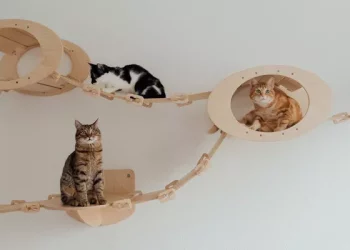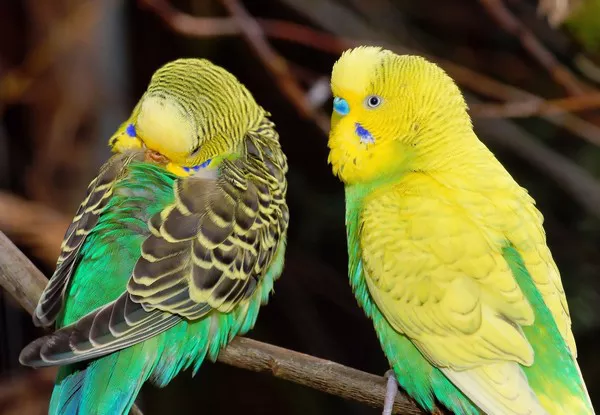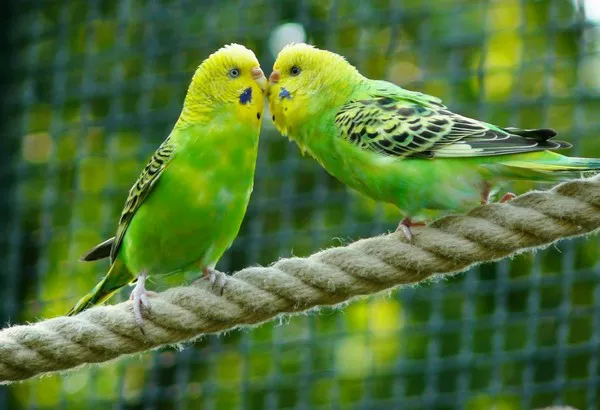Corn snakes are among the most popular pet snakes in the world. Known for their beautiful colors, docile temperament, and relatively easy care, they make fantastic pets for both beginners and experienced reptile enthusiasts. One of the most frequently asked questions by potential owners is, “How big does a corn snake get?” In this article, we will explore the growth patterns of corn snakes, factors that affect their size, and how to care for them as they grow.
Before we dive into the specifics of their size, let’s take a quick look at the corn snake itself. The scientific name of the corn snake is Pantherophis guttatus, and it is a non-venomous species of rat snake found primarily in the southeastern United States. These snakes are highly adaptable, living in a variety of environments such as forests, fields, and even suburban areas. Corn snakes are known for their slender bodies, long tails, and bright, often orange or reddish coloration with black-bordered blotches that resemble those of the venomous copperhead, which helps them camouflage in the wild.
The Size of Adult Corn Snakes
Corn snakes are medium-sized snakes, with adults typically reaching a length of 4 to 5 feet (1.2 to 1.5 meters). However, some corn snakes can grow slightly longer or shorter depending on factors such as genetics, diet, and overall health. In the wild, corn snakes tend to be slightly smaller due to limited food resources, while captive corn snakes often grow larger because of consistent feeding and better care.
Average Length of Corn Snakes
On average, most corn snakes in captivity will grow to a length of around 4 feet (1.2 meters) by the time they are fully mature, which usually happens around 3 to 4 years of age. However, some corn snakes can grow as long as 6 feet (1.8 meters) under optimal conditions, though this is less common. It’s important to note that the size of a corn snake can vary from one individual to another, even within the same breeding lineage.
Factors That Affect the Size of a Corn Snake
The size of a corn snake can be influenced by several factors, including genetics, diet, and habitat conditions. Let’s explore these factors in more detail.
1. Genetics
Genetics plays a significant role in determining the eventual size of a corn snake. Like any species, corn snakes inherit traits from their parents, including their potential size. Some corn snakes have genes that allow them to grow larger, while others may remain smaller. If you’re looking for a larger corn snake, it can be helpful to ask the breeder about the size of the snake’s parents, as they are likely to produce offspring of similar size.
2. Diet and Nutrition
Diet is one of the most important factors in the growth of any pet, and corn snakes are no exception. In the wild, corn snakes typically feed on small rodents, birds, and eggs. These foods are rich in nutrients, which helps them grow to their full potential. In captivity, it’s important to replicate their natural diet as much as possible by feeding them appropriately sized rodents like mice or rats.
A corn snake’s growth is directly tied to its food intake. Snakes grow by shedding their skin, and they can only shed once they have consumed enough food to fuel their growth. Offering your corn snake a regular diet of appropriately sized prey will help it grow steadily. However, overfeeding can lead to obesity and other health issues, so it is essential to maintain a balanced diet.
3. Temperature and Environment
The temperature and environmental conditions in which a corn snake lives can also impact its growth. Corn snakes are ectothermic, meaning they rely on external heat sources to regulate their body temperature. To facilitate proper digestion and metabolism, corn snakes need a temperature gradient in their enclosure, with a warm side and a cooler side.
If the temperature is too low, the snake may not be able to digest its food properly, which can lead to stunted growth. Conversely, if the temperature is too high, the snake may become stressed or overheated, which can also impair its growth and overall health.
Additionally, providing a comfortable and spacious environment for your corn snake will ensure that it has enough room to grow. If a snake is kept in too small of a cage, it may not have the space to stretch out fully, which can affect its overall development.
4. Health and Veterinary Care
Like any pet, corn snakes require regular health checkups to ensure they are growing properly and staying healthy. If a corn snake is sick or suffering from a parasite infestation, it may experience stunted growth. Regular vet visits can help catch any health issues early and ensure that your corn snake is thriving. Additionally, corn snakes that are kept in clean, well-maintained enclosures are less likely to suffer from infections or other issues that could hinder their growth.
5. Gender
As with many animal species, male and female corn snakes can have slight differences in size. Typically, female corn snakes are slightly larger than males, though the difference is not extreme. Females often reach lengths of 4.5 to 5 feet (1.4 to 1.5 meters), while males tend to stay closer to 4 feet (1.2 meters). However, this is a generalization, and some males can grow quite large, especially with the right care and genetics.
How Fast Do Corn Snakes Grow?
Corn snakes grow relatively quickly compared to some other snake species. The growth rate of a corn snake is typically most rapid during the first year of life. During this period, they can gain around 12 inches (30 cm) in length every few months if fed regularly and kept in optimal conditions. By the time they are 1 year old, most corn snakes will be about 2 to 3 feet (60 to 90 cm) long.
After the first year, their growth begins to slow down, and by the time they are 3 to 4 years old, they will have reached their adult size. At this point, their growth will be minimal, and they will only shed their skin a few times a year.
It’s important to note that growth rates can vary from one snake to another. Some corn snakes may grow quickly, while others may take longer to reach their full size. Consistent feeding, proper temperature, and a healthy environment are the key to ensuring your corn snake grows at a healthy rate.
How to Care for a Growing Corn Snake
As your corn snake grows, its care requirements will evolve. Providing a proper enclosure, diet, and environment is essential for your snake’s well-being. Here are some tips for caring for a growing corn snake.
1. Enclosure Size
As your corn snake grows, it will need more space to move around. When your snake is young, a 20-gallon (75-liter) enclosure is typically sufficient. However, once it reaches a length of around 3 feet (90 cm), you will need to upgrade to a larger enclosure, such as a 40-gallon (150-liter) tank. This will give your corn snake enough room to stretch out and explore its environment.
A larger enclosure also helps maintain a proper temperature gradient, which is essential for your snake’s health. You can use a heat lamp or heat pad to create a warm side in the enclosure, while the cool side remains at room temperature.
2. Temperature and Humidity
Corn snakes thrive in a temperature range of 75 to 85°F (24 to 29°C) during the day, with a basking spot that reaches around 88 to 90°F (31 to 32°C). At night, the temperature can drop to around 70°F (21°C). Proper humidity levels are also essential, and keeping the humidity around 40% to 50% will ensure that your snake can shed its skin properly.
If your corn snake is having trouble shedding, you can increase the humidity slightly by misting the enclosure or adding a humid hide box. This will help the snake to shed its skin more easily and prevent shedding problems.
3. Diet
A growing corn snake needs a diet rich in nutrients to support its development. As a general rule, corn snakes should be fed once every 5 to 7 days. When they are young, they can eat smaller prey such as pinky mice. As they grow, you can gradually increase the size of their food to adult mice or even small rats.
It’s important to feed prey that is appropriately sized for your snake. A general guideline is that the width of the prey should be about the same as the width of the snake’s body at its widest point. Overfeeding or offering prey that is too large can lead to obesity or other health issues.
4. Handling
Corn snakes are known for being calm and tolerant of handling, but it is important to handle your snake gently and with care. When your corn snake is growing, it’s important to be mindful of its size and handle it in a way that ensures its comfort and safety. Avoid picking up your snake by its tail, as this can cause stress or injury.
5. Shedding
As your corn snake grows, it will go through several shedding cycles, during which it will shed its skin in one complete piece. Shedding is a natural part of a snake’s growth process, and it is important to ensure that your snake is in optimal conditions during this time. Keep the enclosure clean and maintain proper humidity levels to aid in the shedding process.
6. Veterinary Care
Routine veterinary checkups are essential to ensure that your corn snake is healthy and growing as expected. Regular vet visits will help identify any potential health issues early, such as parasites or respiratory infections, which can stunt growth or cause other complications.
Conclusion
In summary, corn snakes are medium-sized snakes that typically reach lengths of 4 to 5 feet (1.2 to 1.5 meters) as adults, with some individuals growing even longer. Their size is influenced by factors such as genetics, diet, temperature, and overall care. By providing your corn snake with proper care, including appropriate feeding, a suitable enclosure, and regular health checkups, you can help it grow into a healthy and thriving adult.
If you are considering adding a corn snake to your family, understanding their size and growth patterns is essential for providing them with the best care. With proper attention, your corn snake can become a long-term companion, growing into a beautiful and fascinating pet.
Related Topics:

























